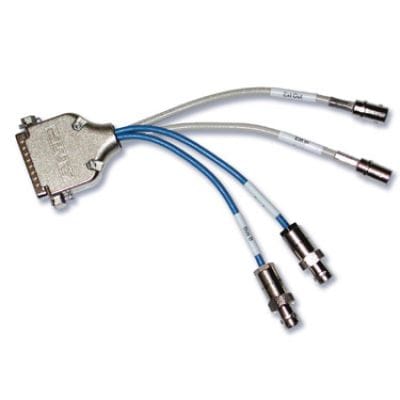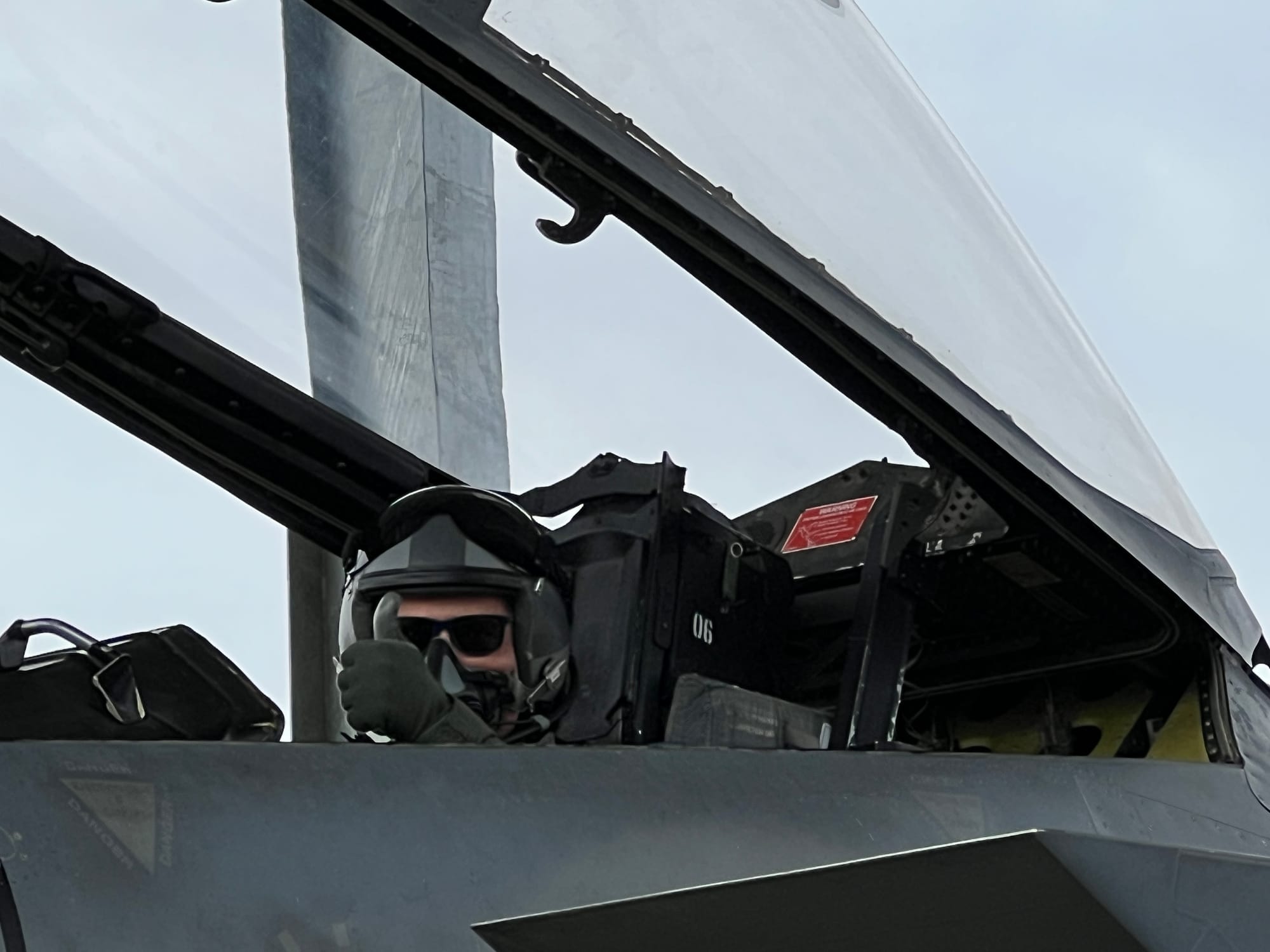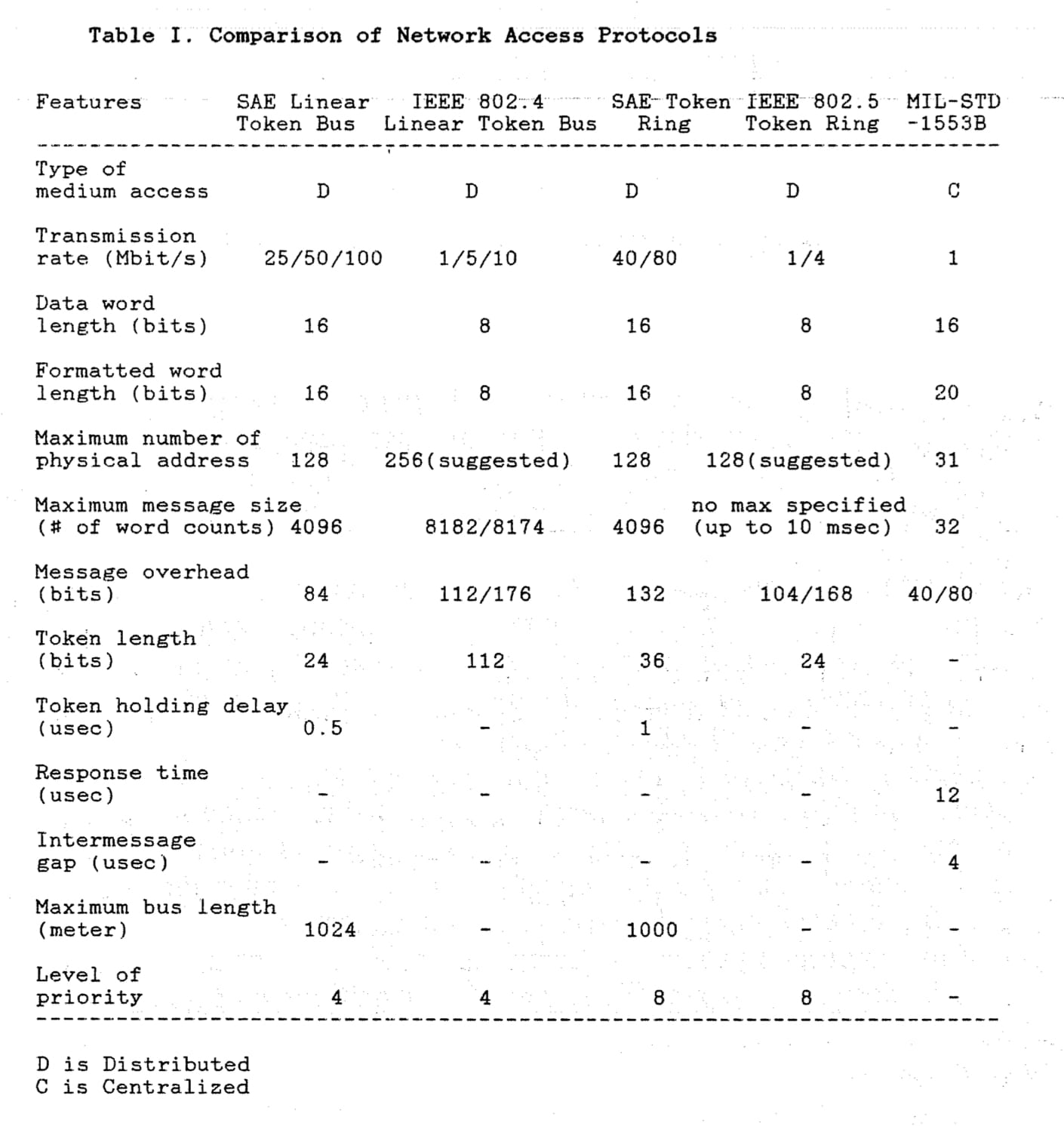DB25 #11 — 1553

I like this one especially. From Abaco systems, we have an adapter from some very expensive aerospace cables into our humble DB25 connector. This adapter would have connected a PC-based ISA or PCI host card for the MIL-STD-1553 bus into the systems of an aircraft (or even spacecraft).
MIL-STD-1553 defines a multidrop data bus widely used in civil and military aircraft and spacecraft from the ‘70s to present. Why bother with such a short pigtail adapter? The triple-bayonet coax connectors could fit through the card edge connector on a standard ISA card. I think the reason may just be to avoid strain on the card edge in a cramped avionics bay. I got a new appreciation for just how cramped that can be on a recent visit to the California Air National Guard in Fresno.

So what’s this bus like? Each terminal is connected through isolation transformers, as in Ethernet, to protect the bus from terminal failures and to prevent terminals from passing DC current. Unlike Ethernet’s random access with carrier sense and collision detection, 1553 relies on time-multiplexed access mediated by a master. That makes it closer to IEEE token ring networks. A Penn State report in 1988 compared a variety of networks of this type for potential application to chemical process control.

The modest data rates supported by 1553 were showing their age by the time of this report in 1988, though the 1 megabit data rate was the same as contemporary IBM links over similar twinax cable.
Speaking of IBM, twinax, and 1553, IBM offered a line of rugged flight computers derived from their System/360 mainframe architecture. These flight computers were used on platforms from the Skylab space station to the F-117 stealth fighter — and on the F-15 fighter pictured above. Long before the Raspberry Pi and the IBM Personal System/2, aircraft and spacecraft used the IBM System/4 Pi.
Did the expensive System/4 Pi use a cheap DB-25 for its 1553? It did not.
Member discussion